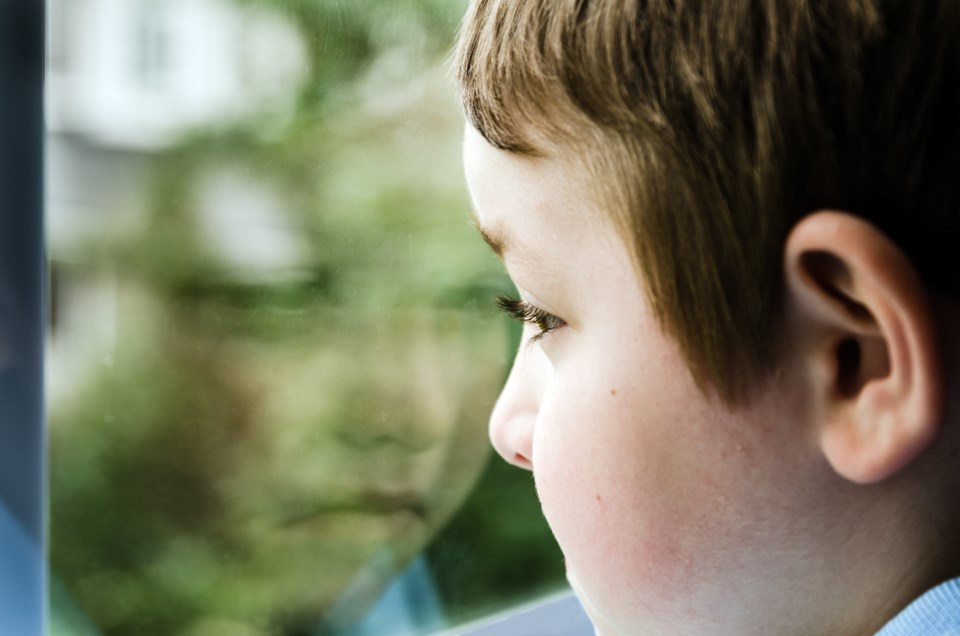There was a time when many children in B.C. would eagerly await the 19th of the month. It was the day the Family Allowance cheque would arrive in the mail.
Provincial assistance in those days was so paltry that single-mother households would often run out of food by the middle of the month, if not earlier, and the 19th would mean mom could go out at last and pick up a few groceries. That supply would be exhausted soon enough, and then the wait was on again for the welfare cheque at the end of the month, out of which would come rent, utilities, all other expenses and any debt outstanding if some kindly store owner had extended credit. There were no food banks then, and if there was no family or community support, the children were simply trapped in this cycle of poverty and went hungry often.
Fifty-odd years later, social assistance rates have risen, child benefits are more generous, and the safety net has been strengthened in various ways, but the cost of living has more than kept pace with these gains and child poverty is still with us.
Announcing the largest permanent increase to income and disability assistance rates in the province’s history on Tuesday, Nicholas Simons, the NDP’s minister of social development and poverty reduction, noted 49,000 children in B.C. continue to live in poverty.
The $175 a month extra, which takes effect in April, means single parents with one child will now get $1,270.58 a month on income assistance, or $1,694.08 on disability assistance, plus up to $697 in federal and provincial child benefits.
It’s still not much – rates for a single person remain pitifully low – and critics such as the Union of B.C. Indian Chiefs were understandably calling for the province to reinstate the discontinued $300 COVID-19 crisis supplement instead, accusing the NDP of clawing back the larger amount.
Others, like Doug King of the Together Against Poverty Society, greeted the move, describing it in the NDP’s press release as “a critical piece in working toward the fulfilment of our province’s poverty reduction goals.”
It will cost the province an estimated $400 million a year to pay for these increases, which also include a $50 boost to the monthly supplement for low-income seniors. With government finances battered by the pandemic, the NDP could easily have argued that British Columbians can’t afford an expenditure of this magnitude. The fact that they went this far speaks volumes about their commitment to improving the lives of the poor.
Minister Simons didn’t perform a miracle this week, but he did make history.
Well done, Nicholas.



